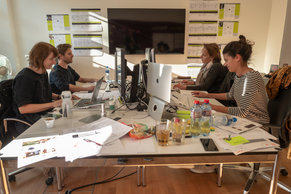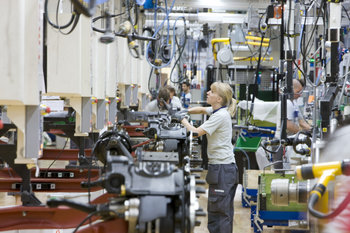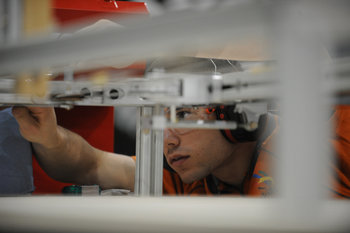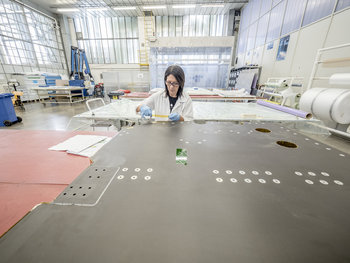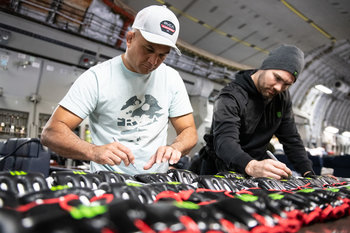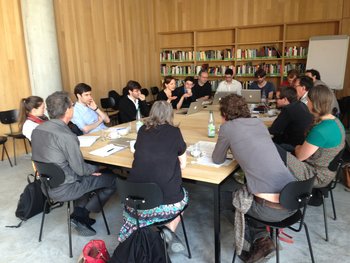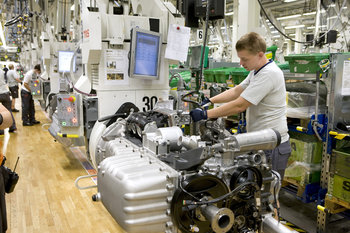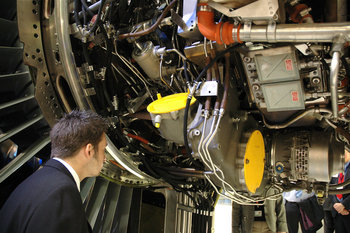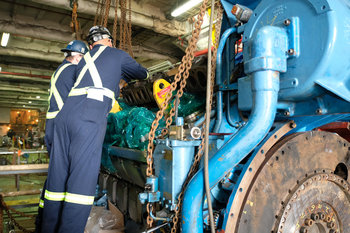
A competitive environment where employees continually raise their work quality to outperform peers. | A culture of being friendly to customers and fellow employees [relevant to service quality]. |
A culture of challenging design assumptions. | A culture of communicating customer feedback whereby everyone knows how products are falling short in the real world. |
A culture of engaging customers and advocating for them to improve products and services. | A culture of organizational humility where failures and mistakes are quickly recognized. |
A culture of oversight where work is regularly inspected and reviewed. | A culture of professional pride and standards. |
A culture of reflection where failures and mistakes are openly discussed. | A management culture where it is unacceptable to be aloof or "high level". |
A service culture that respects the customer and takes them at their word. | A service culture where bringing your problems to work is unthinkable. |
A service environment where cleanliness is a basic sensibility. | A service environment where it is unthinkable to adopt a negative view of customers. |
An environment where attention to detail is a basic requirement. | An environment where management serve as examples of how high quality go (e.g. the manager of a hotel who is extremely adept at satisfying customers and turning around dissatisfaction). |
An ownership culture where it is unthinkable to say "that's not my job." | Designers that are fully engaged with customers and the industry such that designs aren't "naive." |
Perceptions of margin of error whereby small mistakes are viewed as unacceptable. | Pride in a reputation for quality. |
Stopping processes when there is an issue. | Teams where high quality is rewarded with compensation or improved work-life balance. |
Teams with a high work ethic. | The discipline of addressing the root cause of problems as opposed to addressing symptoms alone. |
The expectation that low quality work with be discarded or fixed. | The expectation that work may be audited at any time. |
The expectation that work products may critically reviewed. | The habit of designing processes for quality, measuring and redesigning in a loop. |
The habit of designing processes to reduce human error. | The principle that it is not acceptable to blame human error -- human error is designed out of processes. |
The view that acceptable defects are zero. | The view that problems are prevented as opposed to passive acceptance of a reactive model of problem management. |
The view that products are refined and professions are mastered. |
| Overview: Quality Culture | ||
Type | ||
Definition | The habits, norms, values and standards of organizational behavior that influence the quality of products and services. | |
Related Concepts | ||



